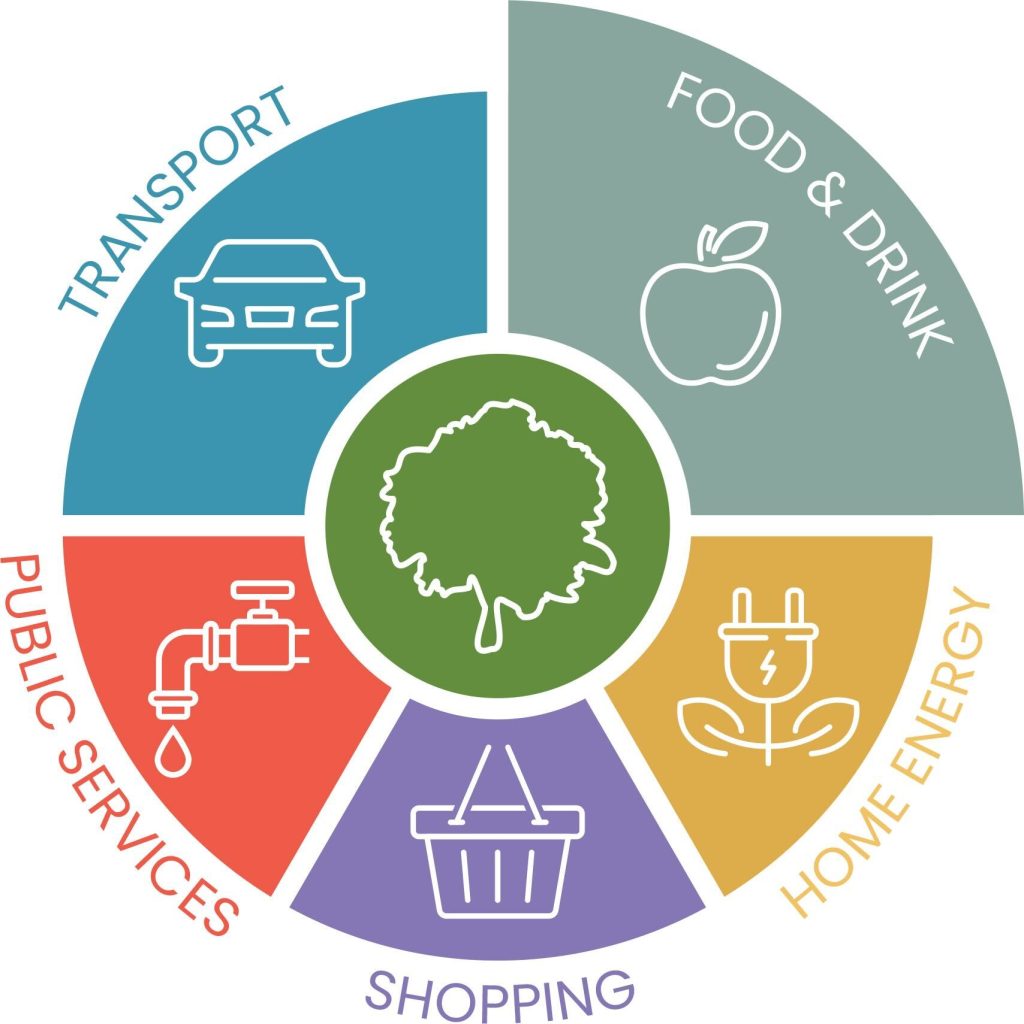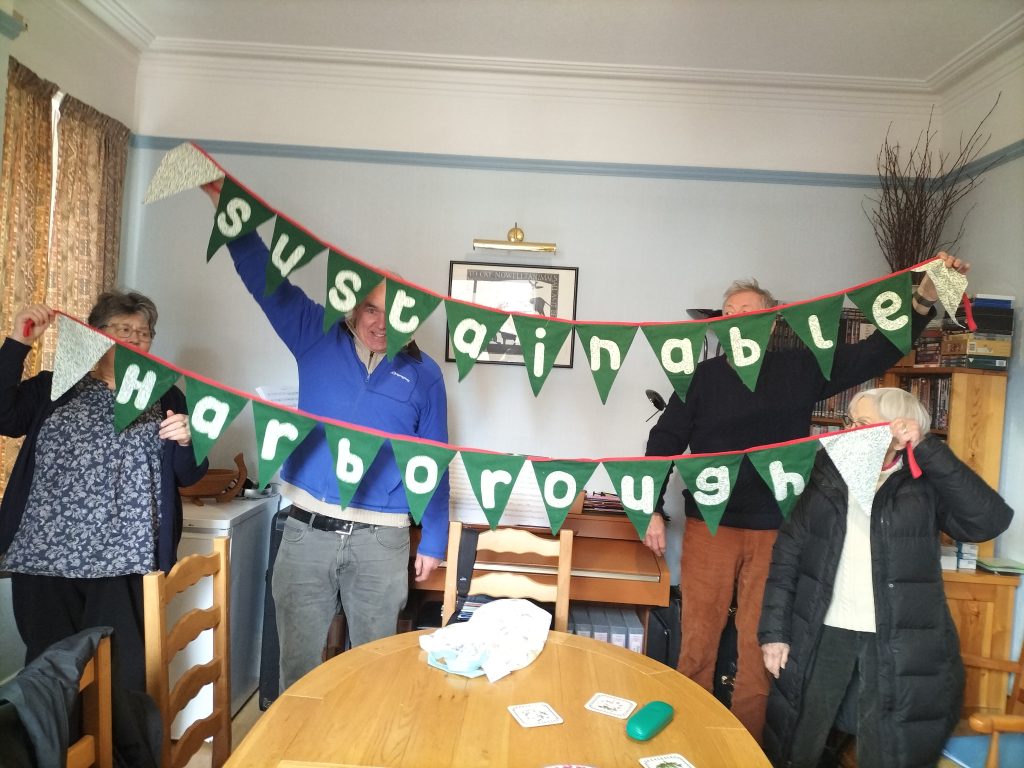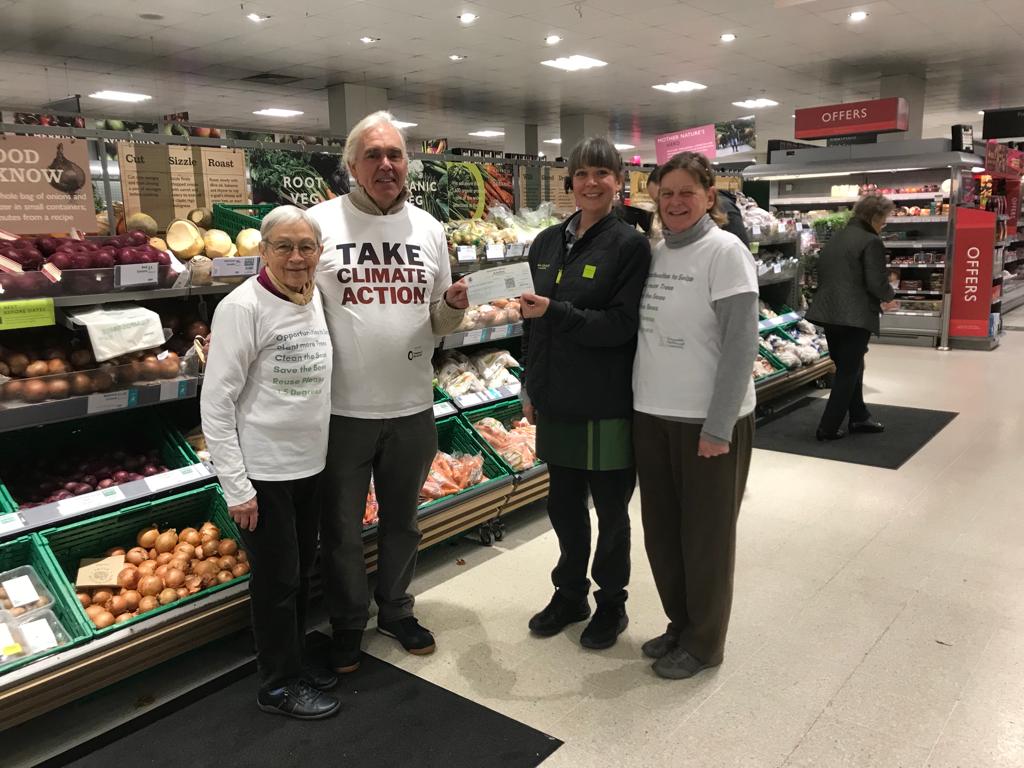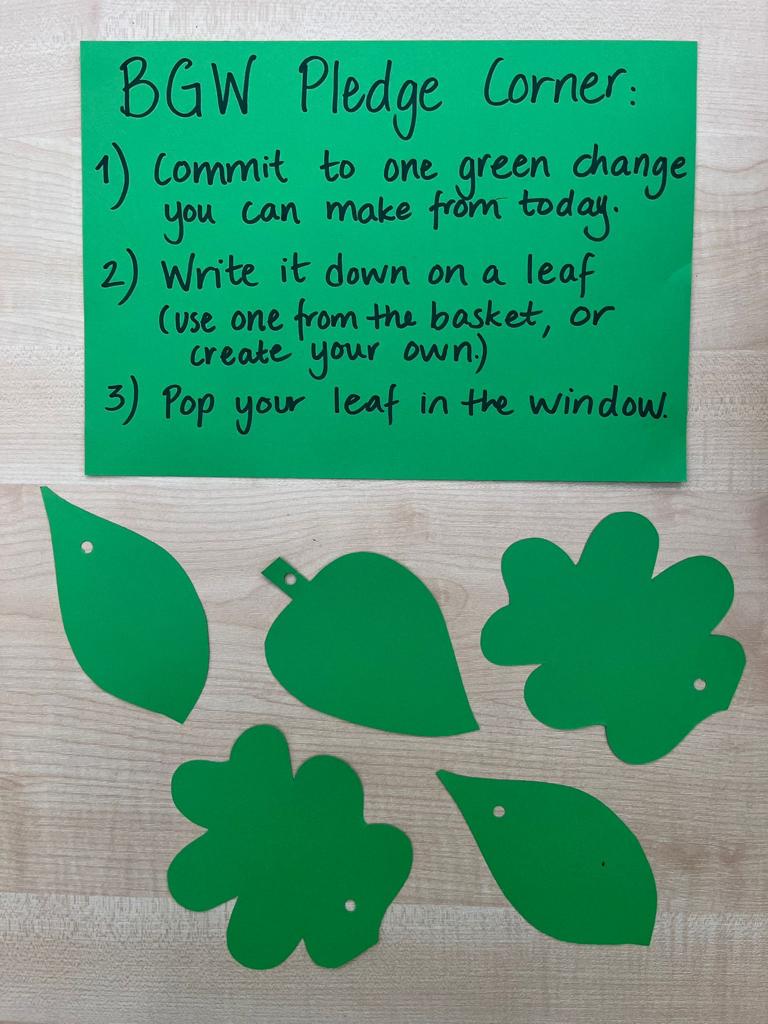

Globally, 25–30% of total food produced is lost or wasted.
Food waste is estimated to contribute 8-10% of total man-made greenhouse gas emissions.
Greenhouse gasses associated with transport, packaging and storage of food and drink are drastically reduced if they only travel a short distance.
For more information visit wrap.org.uk
For more information visit wrap.org.uk
Many items of food waste are completely safe to compost at home. Vegetable peelings, apple cores, banana skins, orange and lemon skins, egg shells, tea leaves and coffee grounds are all great for adding to you compost bin or heap along, with your garden waste, shredded paper and cardboard.
If you don’t yet do any composting at home, this is a great website to get you started: www.gardenorganic.org.uk/compost
‘Food miles’ are a key measure of the environmental impact of foods and their ingredients.
Growing your own food, particularly crops such as tomatoes, aubergines, and peppers, can dramatically cut the food miles of your meals, and therefore your carbon footprint.
Home-grown food is often much tastier and nutritious than shop-bought food, too.
1 in 10 people throw food away based on the date labeling alone
Use-by dates are extremely important for making sure food is safe to eat. They are applied to foods that go off quickly and could cause food poisoning if not used before the use-by date. However, such foods can be frozen right up to the use-by date.
Best-before dates act as a rough guide for quality, and food can still be consumed after this date, though the flavor and texture may not be so good. For any food that has gone past its best-before date, if it looks OK, and smells OK, it’s probably OK to eat!
Food bought in a restaurant has a bigger carbon footprint than food you cook and eat at home due to the higher emissions associated with heating, lighting, and cooking
Food purchased from Takeaways has additional packaging and transport emissions




Even if you have a small garden, or perhaps only a balcony, you can have a go at growing your own fruit and veg. The many varieties of salad leaves, tomatoes, carrots, beetroot, and herbs can all be grown successfully in containers or grow bags. And everything you grow will be Zero Transport, Zero Packaging, and, if you use organic gardening techniques, Zero Chemicals
You can start things off as seeds on a window sill before planting them out, or these days, you can buy small plants ready to plant out straight away from many garden centres. The following sites give you all the information you need to get started:

Maybe you are looking for a bigger space to grow fruit and veg, and are thinking about getting an allotment. There are 5 allotment sites in Market Harborough, and many of the surrounding villages have a site too. In all cases, there is quite a long waiting list, so if you want to go down this route, get your name on the waiting list as soon as possible.
According to the waste prevention charity WRAP, around a third of the food produced globally is lost or wasted, and it’s having a real impact on climate change, contributing 8–10% of total man-made greenhouse gas (GHG) emissions. March 7th – 13th was Food Waste Action Week.
